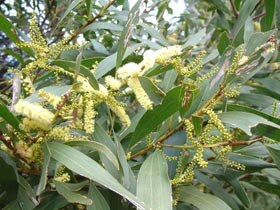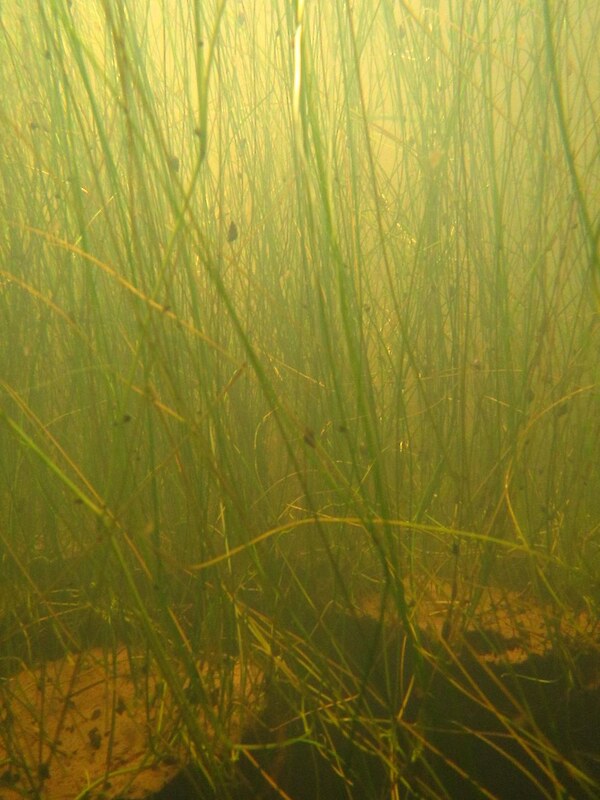 Photo: John Smith-Dodsworth/NZ Plant Conservation NetworkLandcare Research/Manaaki Whenua reported on the potential release of bio-control agents to combat the invasive Sydney golden wattle (Acacia longifolia), in their recent newsletter Weed Biocontrol. This shrub/small tree is weedy in Northland, north of Auckland, the Bay of Plenty, Whanganui and Levin. At the latter two locations they invade the coastal dunes.
Photo: John Smith-Dodsworth/NZ Plant Conservation NetworkLandcare Research/Manaaki Whenua reported on the potential release of bio-control agents to combat the invasive Sydney golden wattle (Acacia longifolia), in their recent newsletter Weed Biocontrol. This shrub/small tree is weedy in Northland, north of Auckland, the Bay of Plenty, Whanganui and Levin. At the latter two locations they invade the coastal dunes.
Sydney golden wattle is also a weed in Portugal and South Africa. Two bio-control agents were released in South Africa in the 1980s to combat the weed. These two, the gall-forming wasp (Trichilogaster acaciaelongifoliae) and seed-feeding weevil (Melanterius ventralis) proved highly effective and are now being considered for release in New Zealand.
If approval to release these agents in New Zealand is granted by the EPA, it is anticipated that both agents will be imported into containment late next year and released shortly thereafter.
Read the full story on page 6 (PDF, 3.42 MB) of the newsletter.


